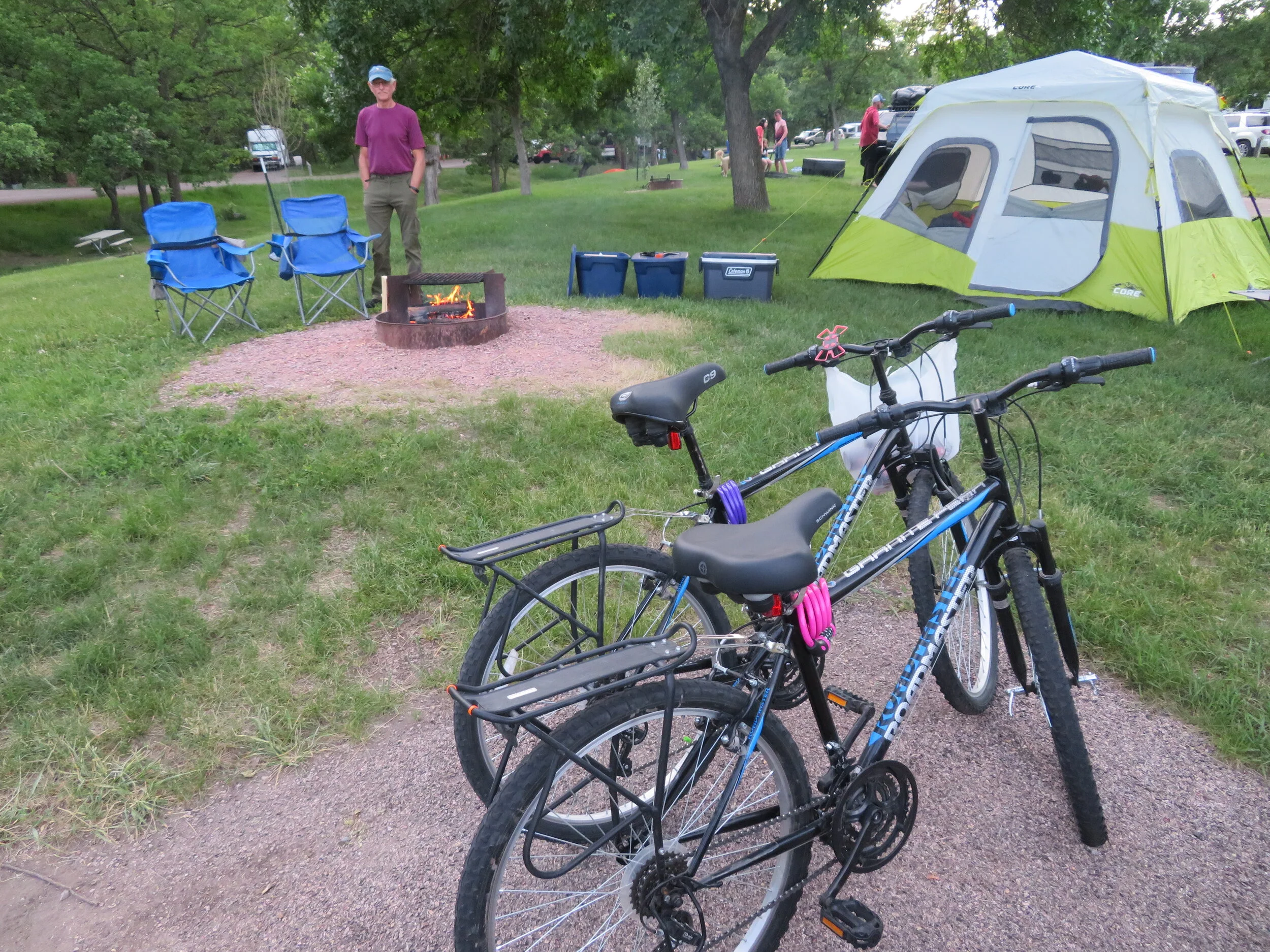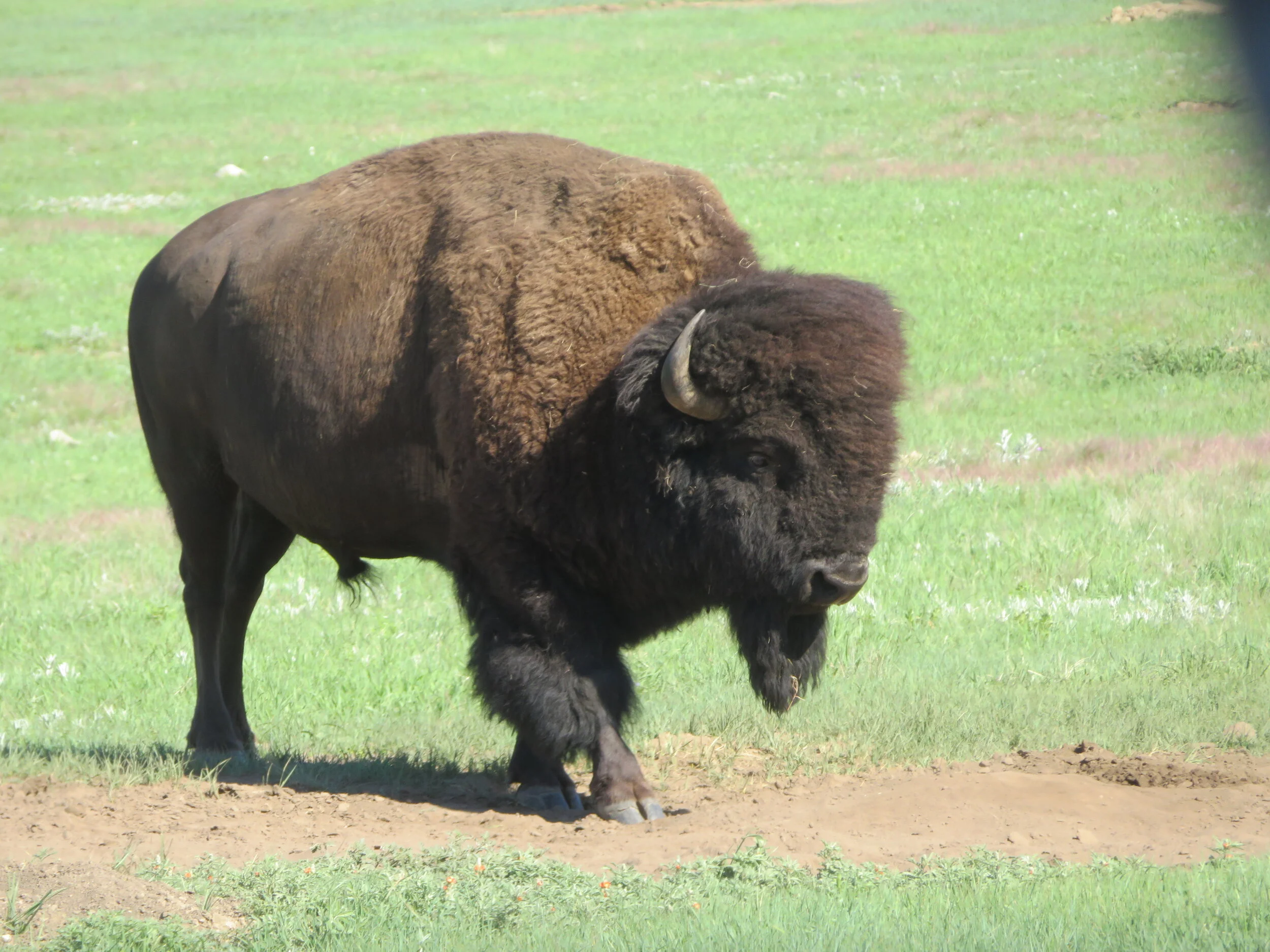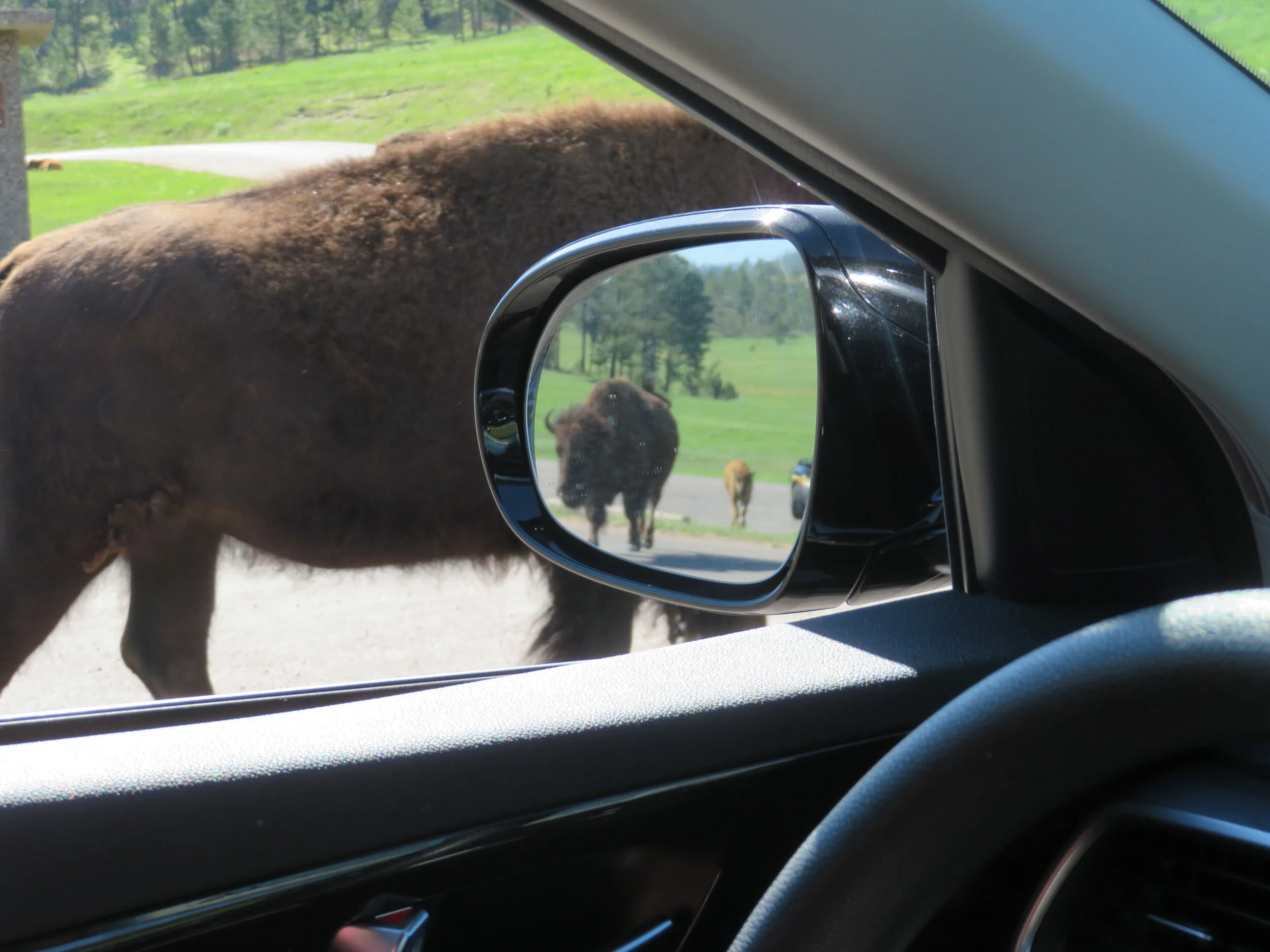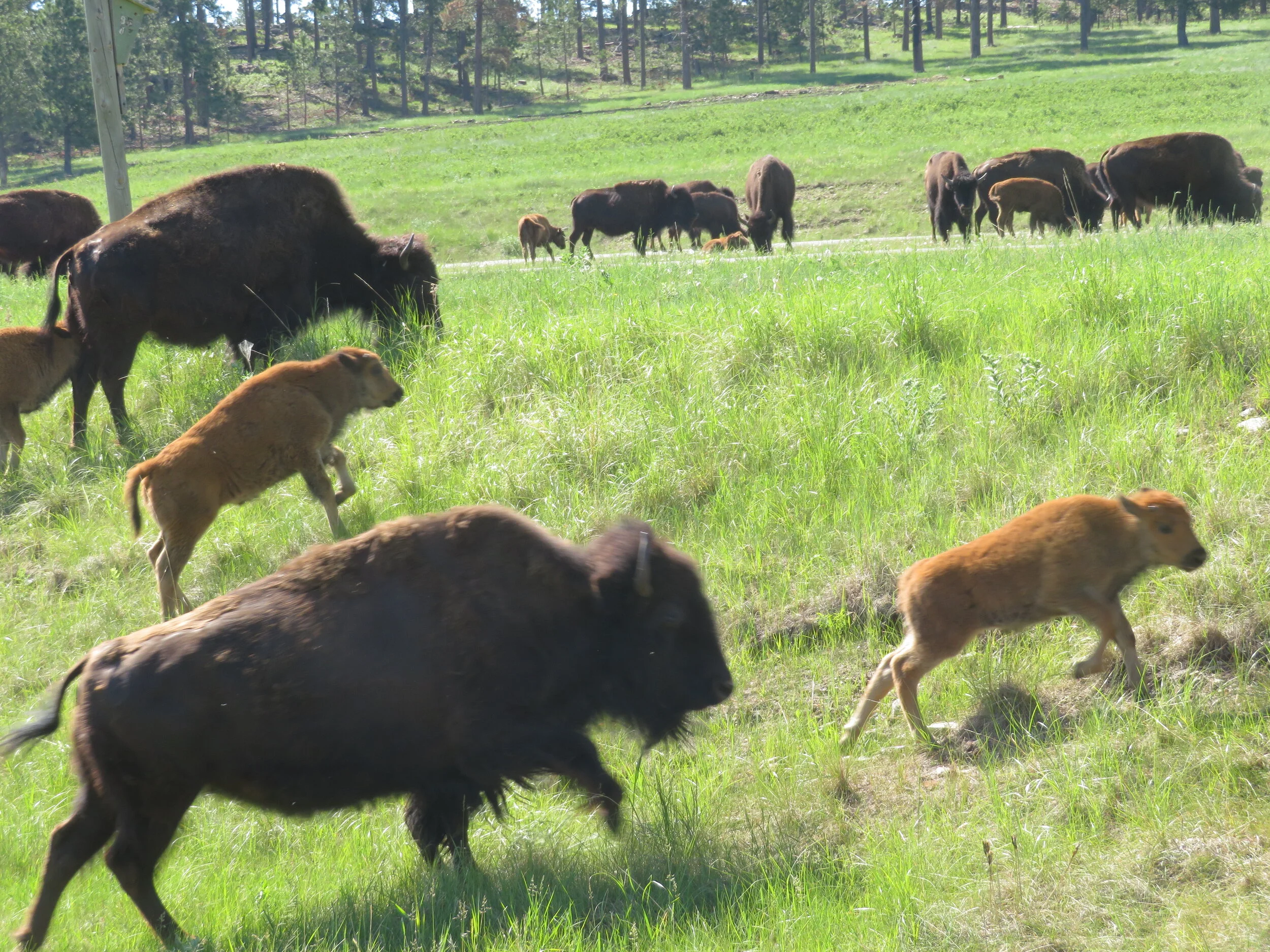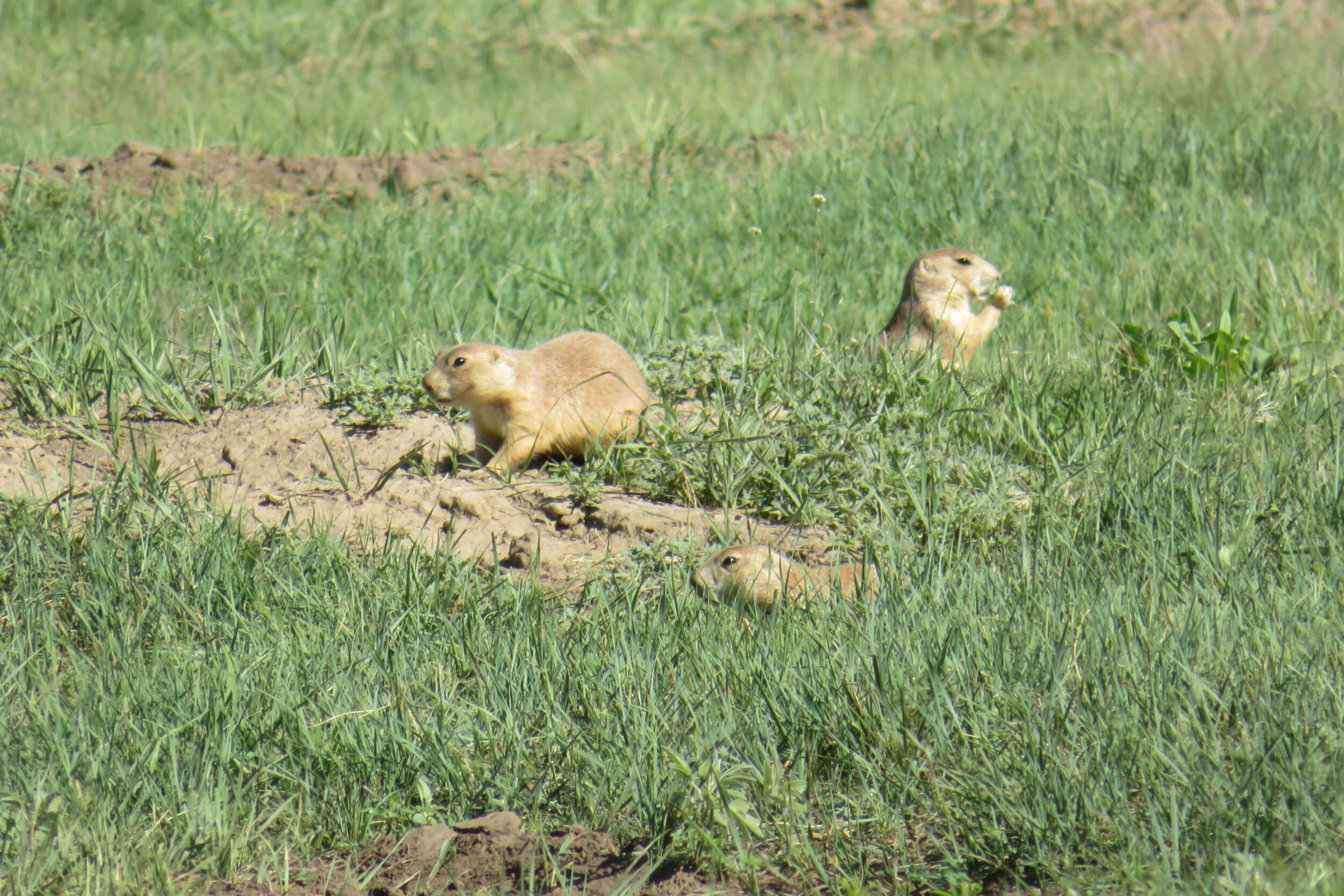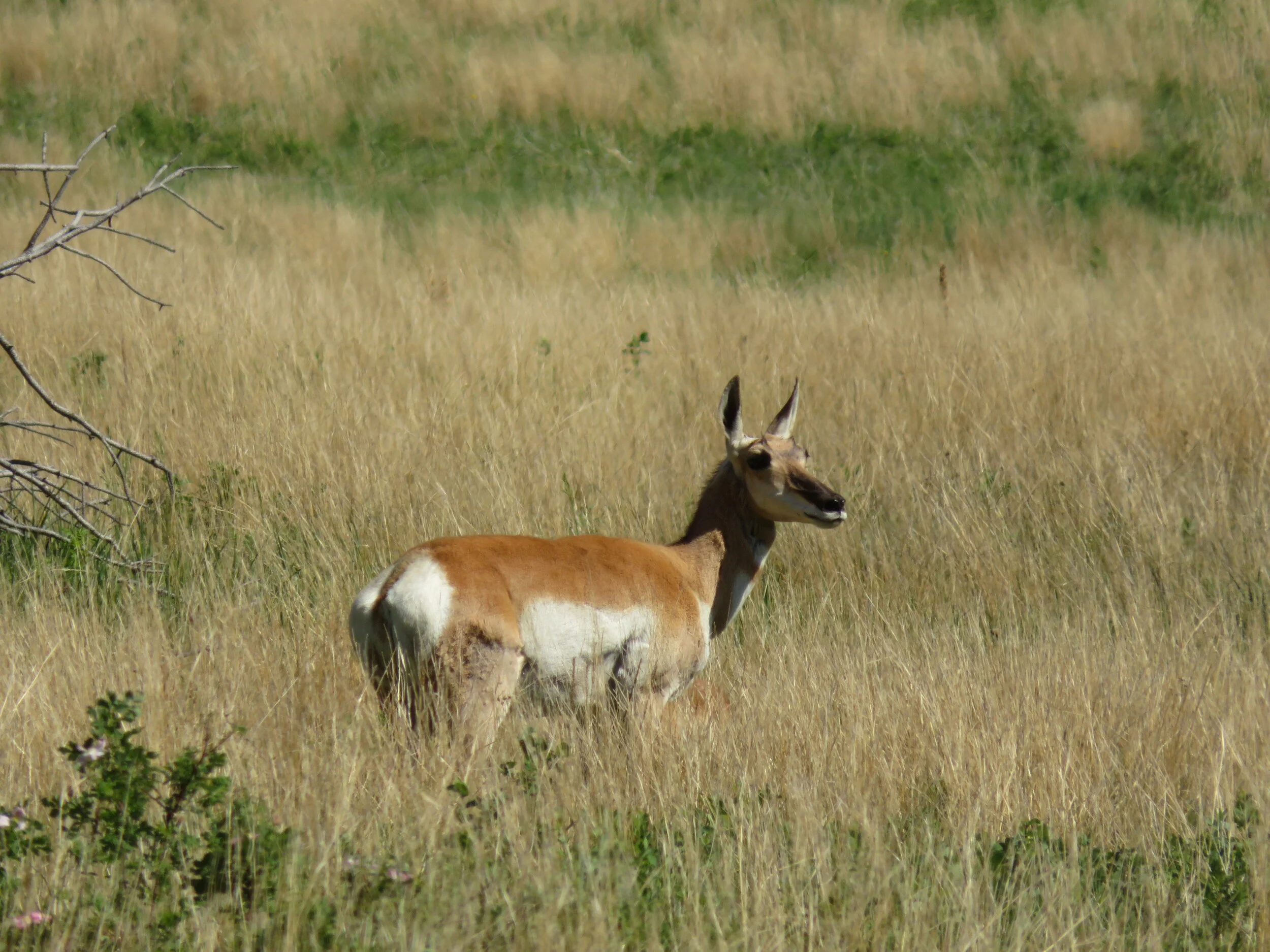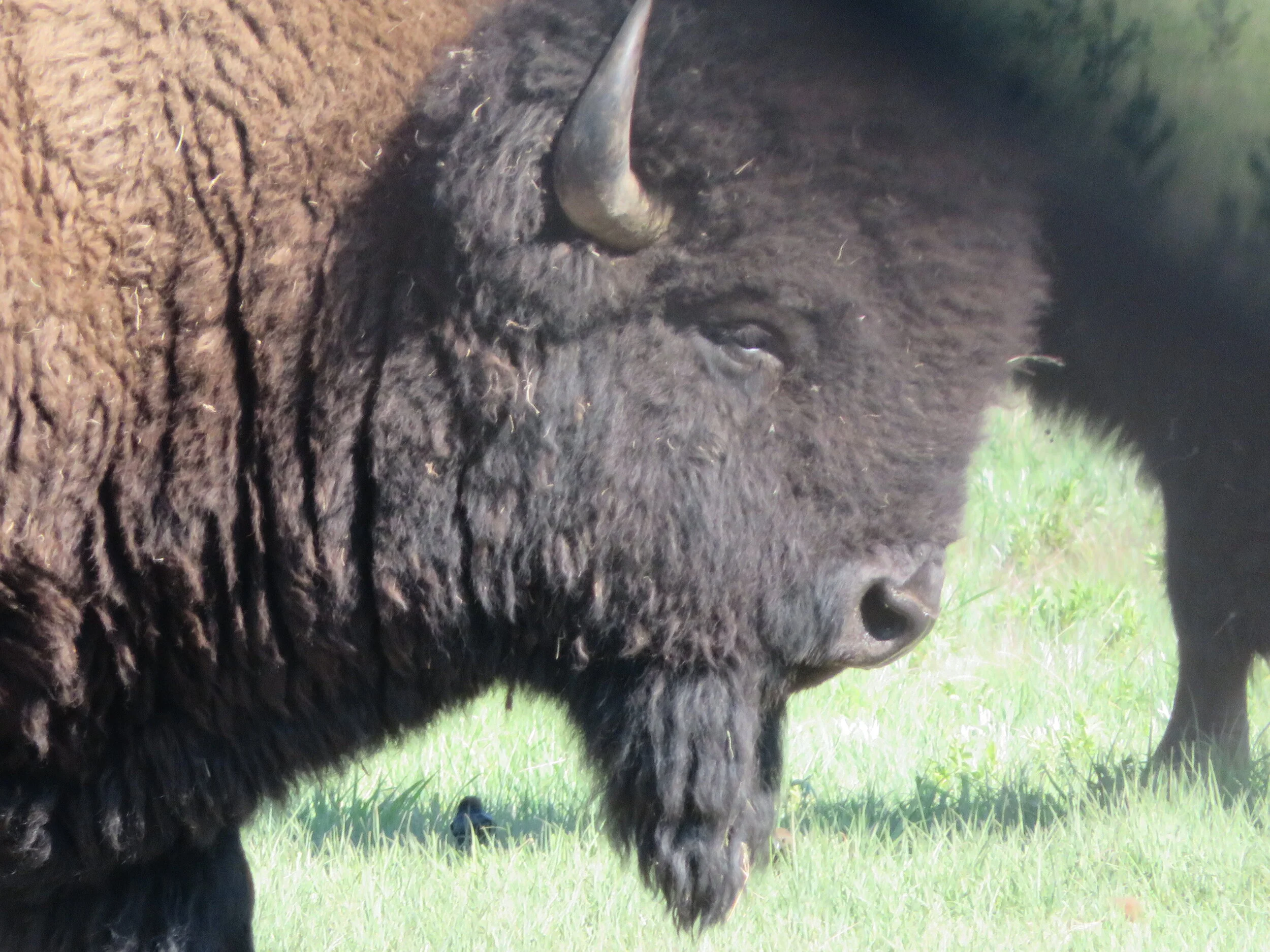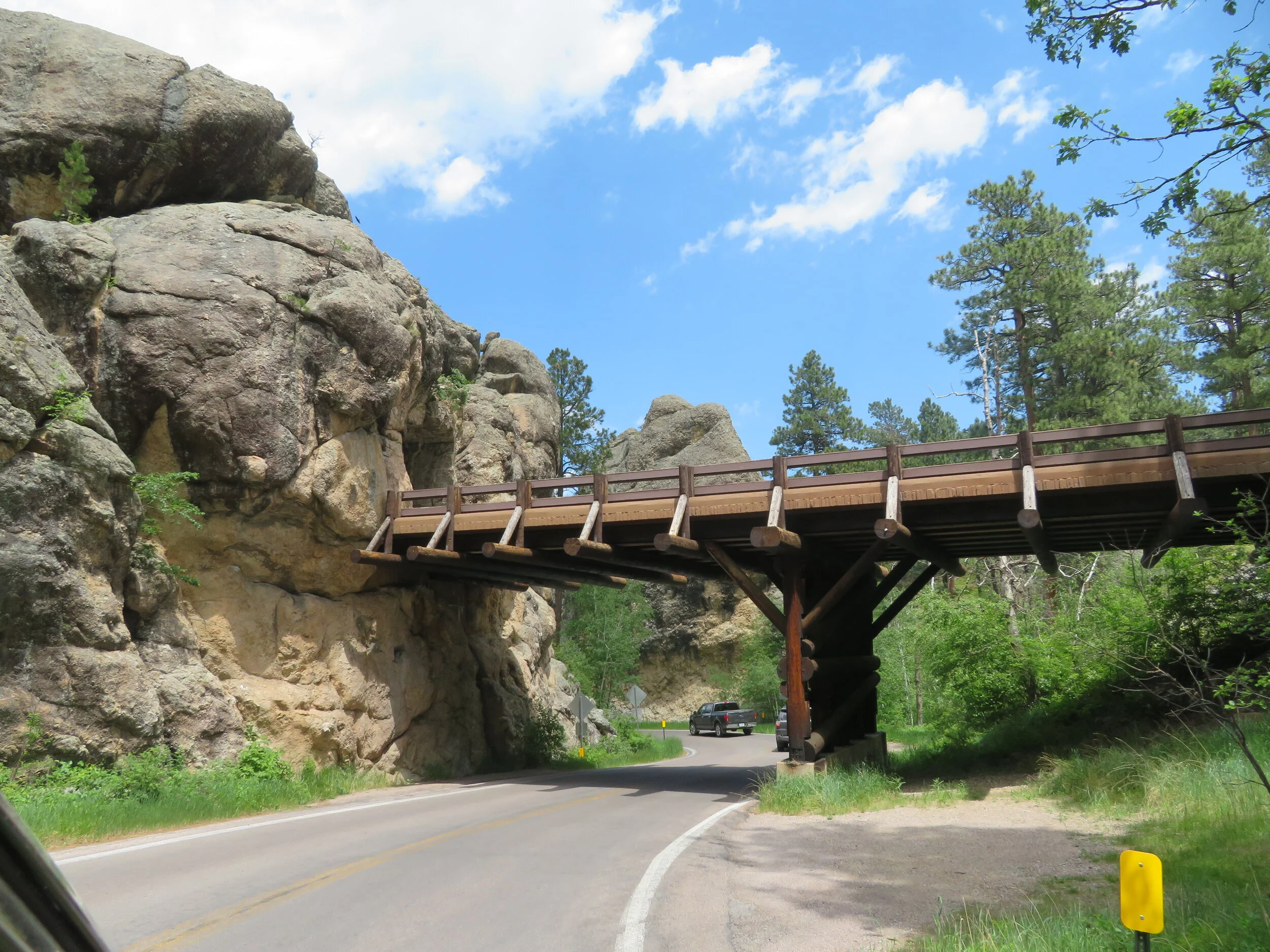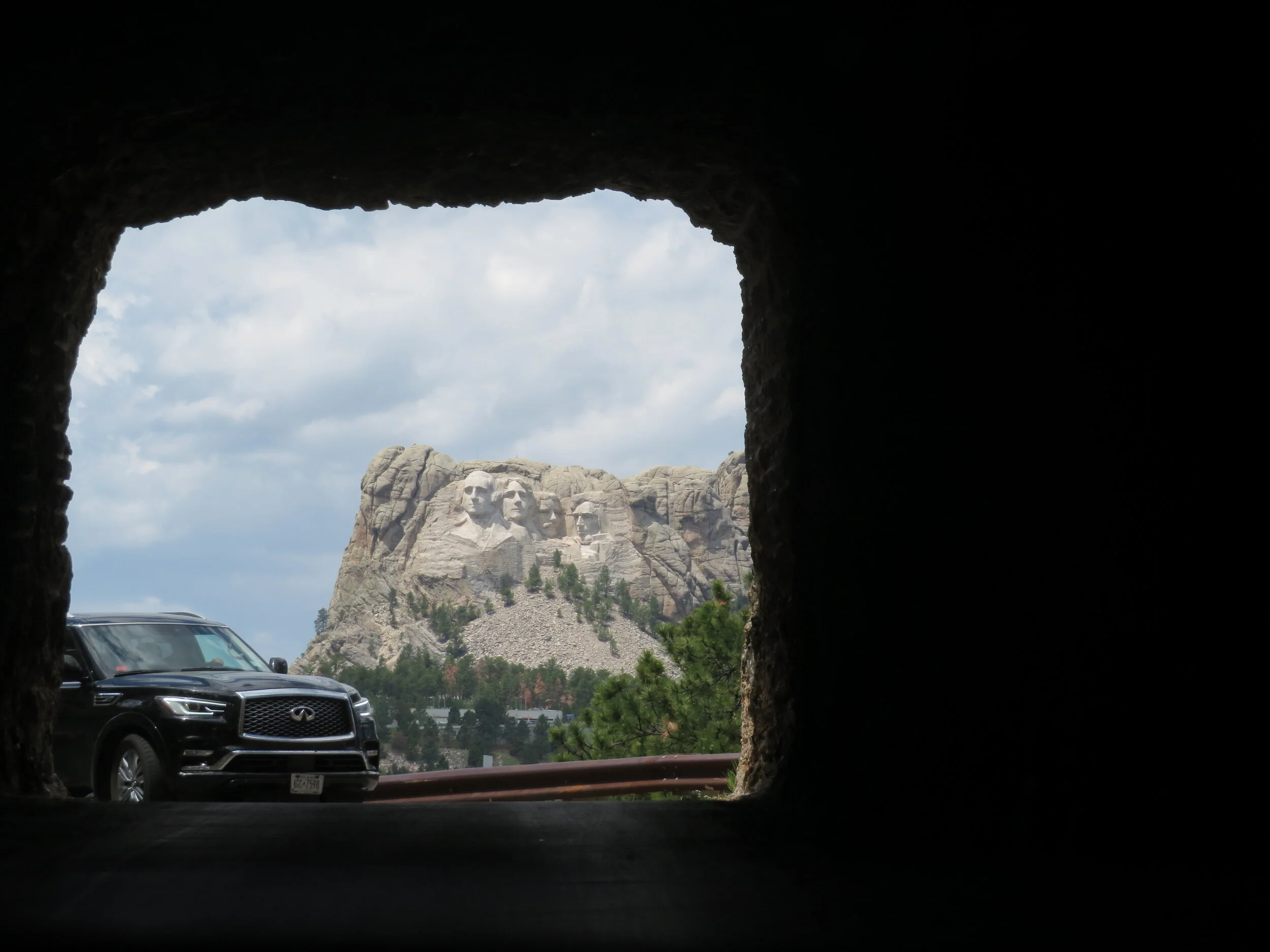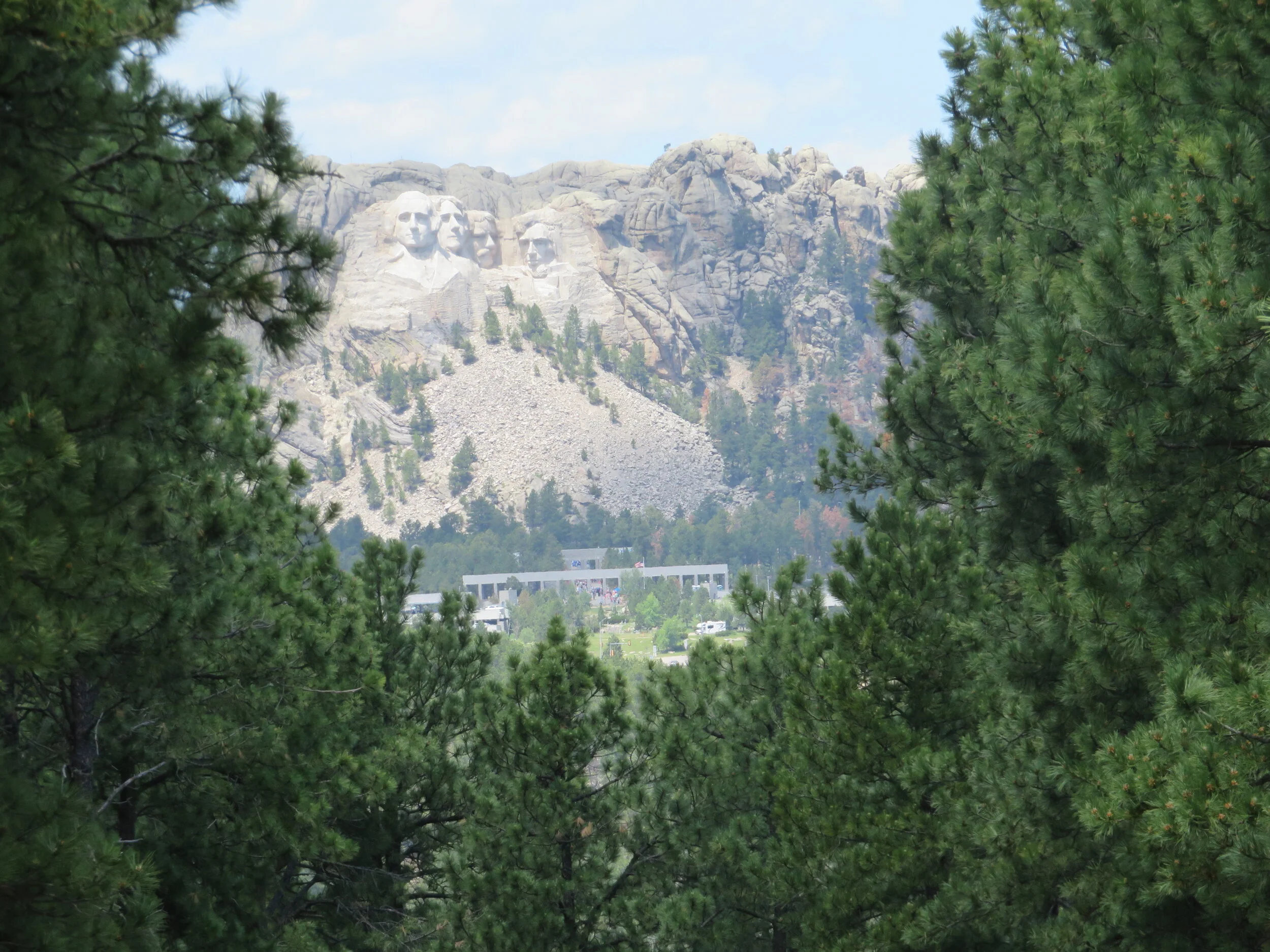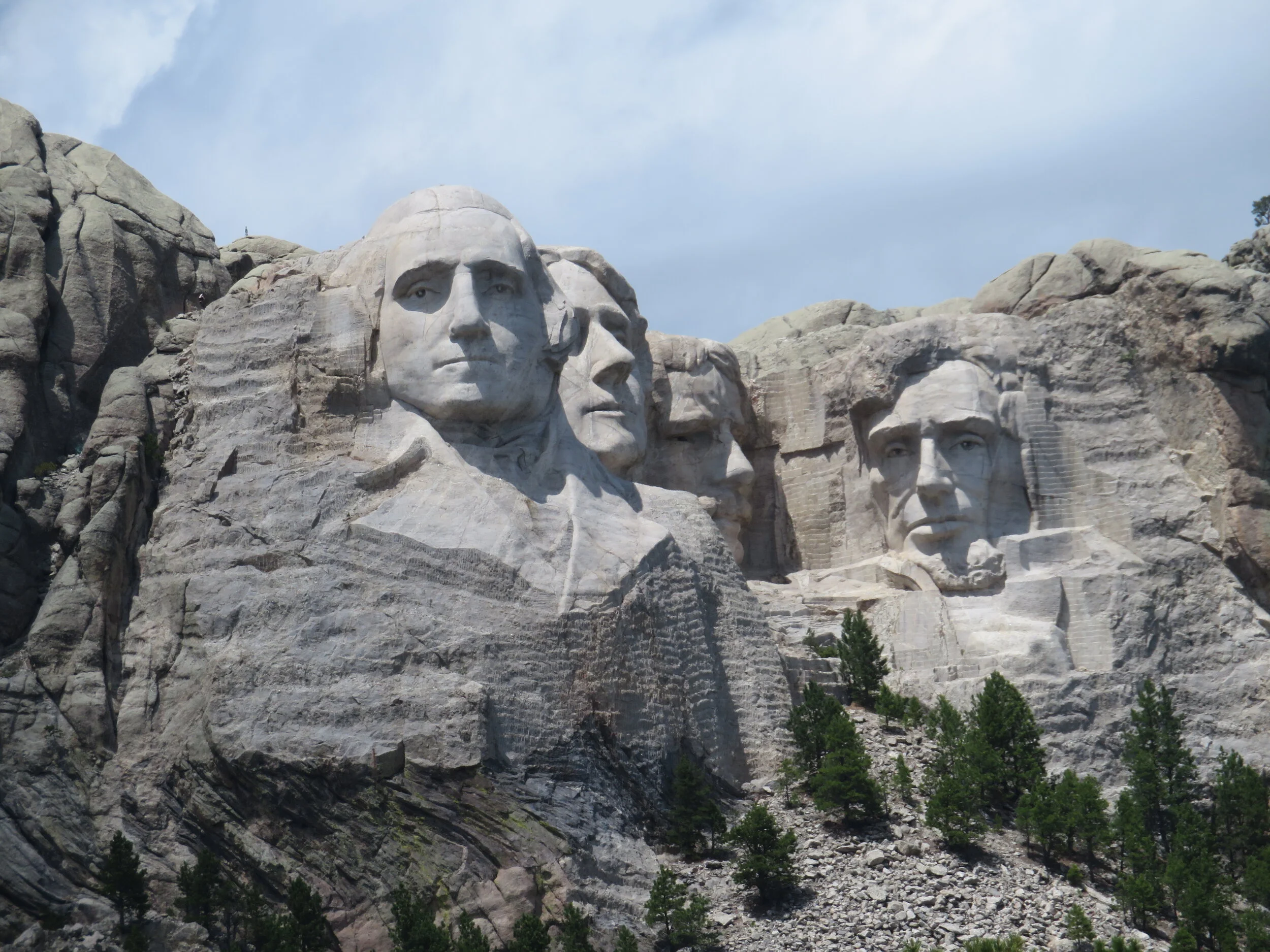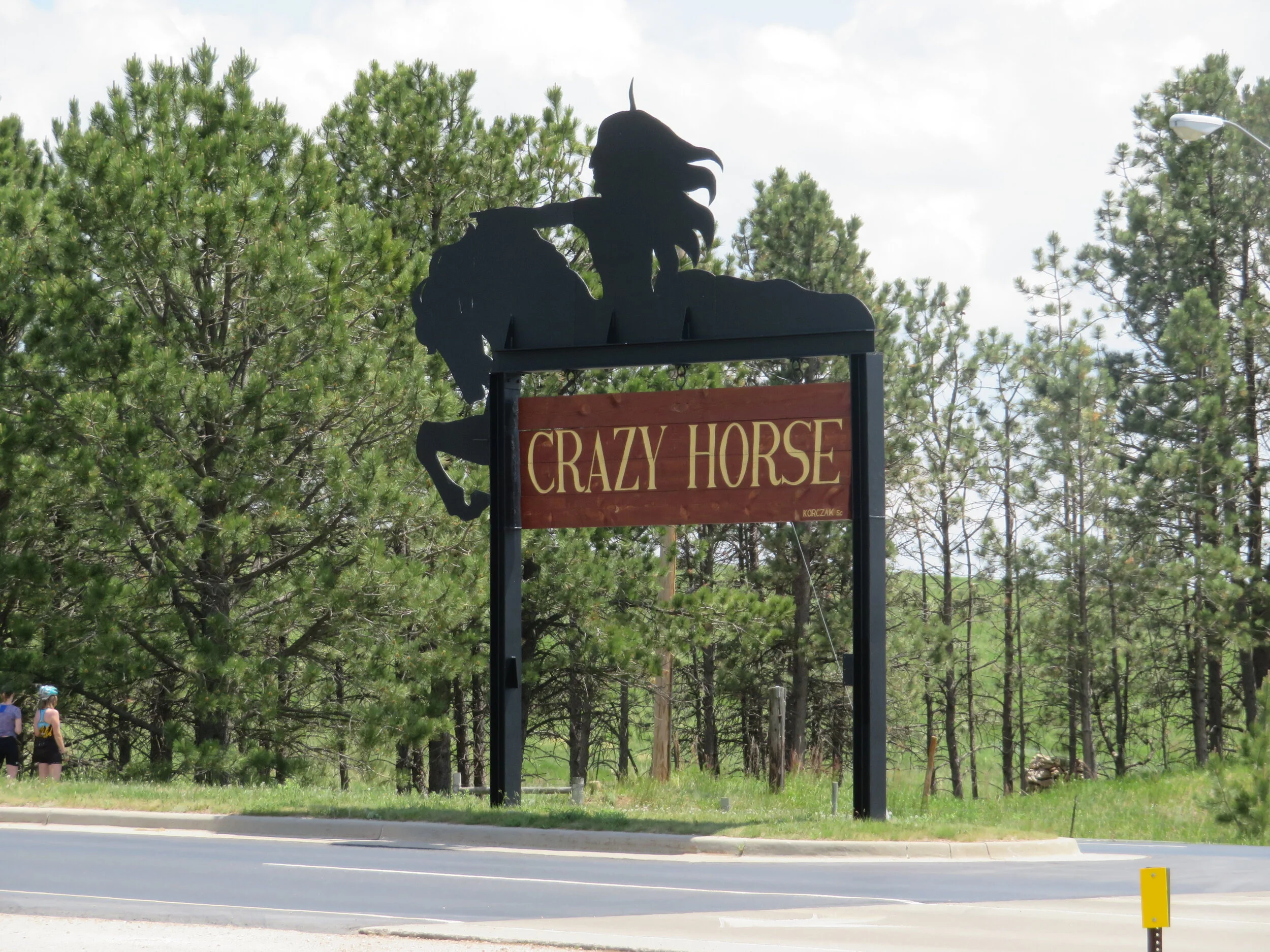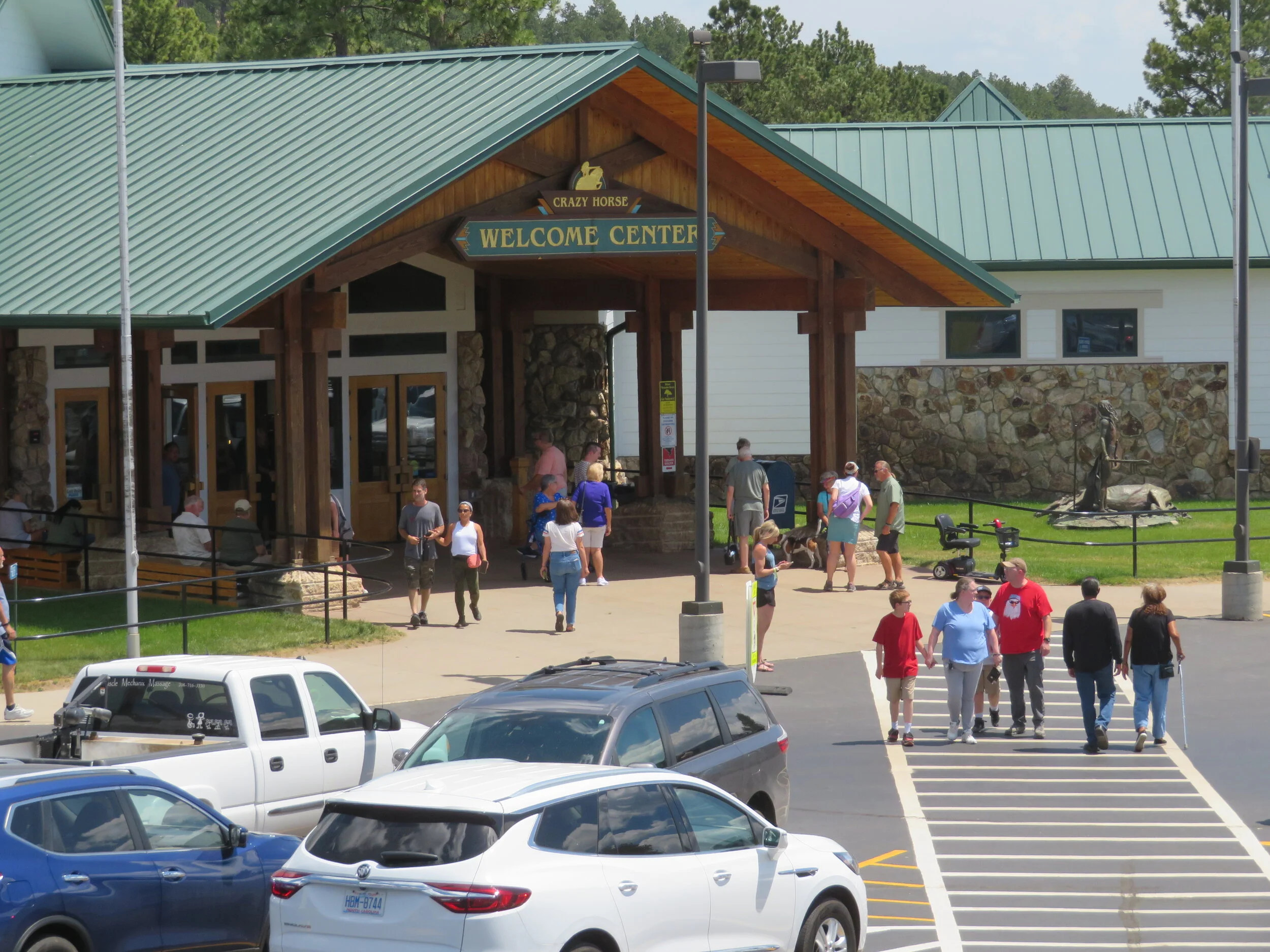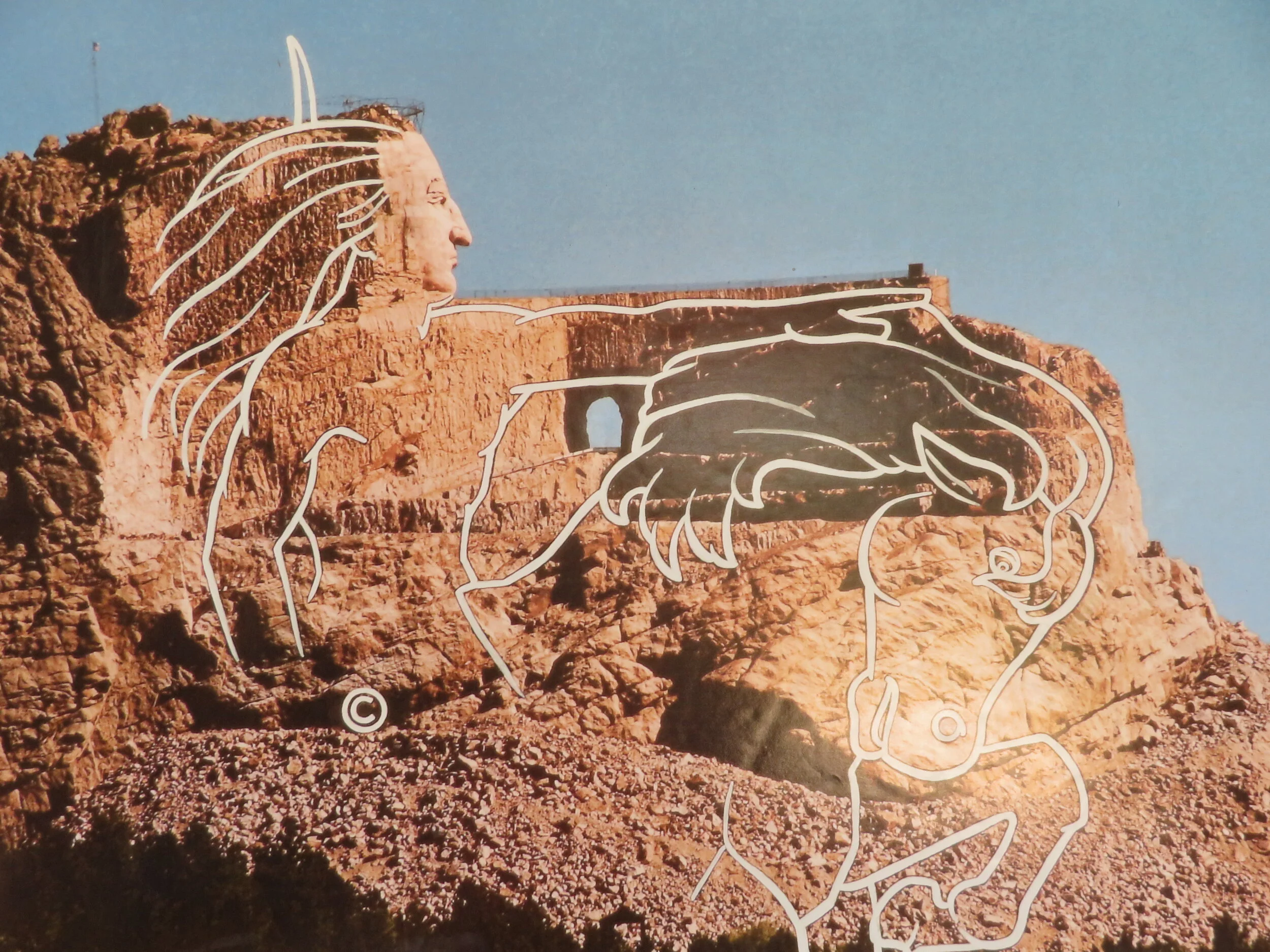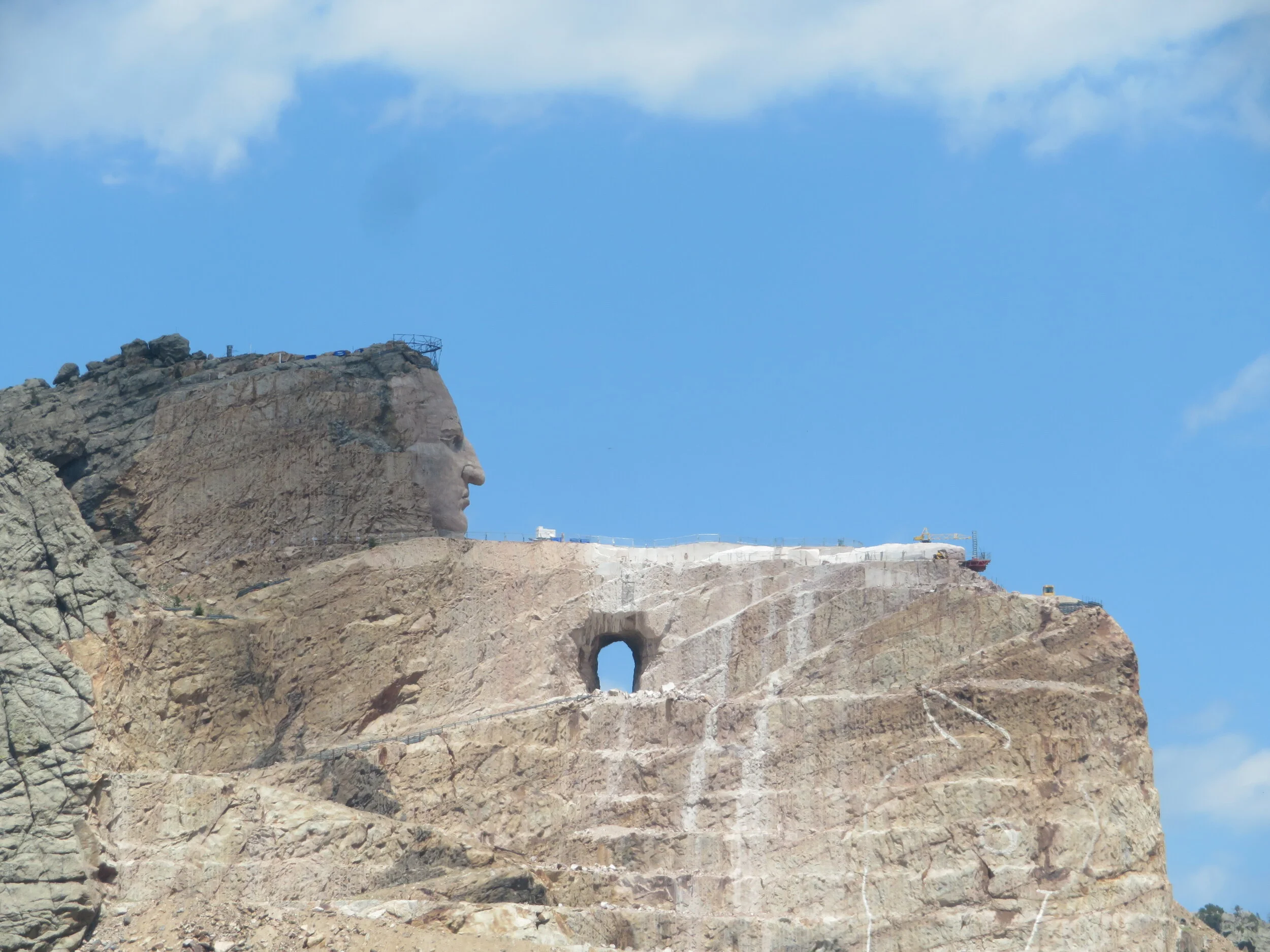South Dakota's Black Hills – Tatanka, Mount Rushmore & Crazy Horse
/As I mentioned (and groused about) previously, finding hotel rooms has not been easy and definitely not cheap. Our accumulated hotel points have covered most nights and inexpensive local motels on the Cowboy Trail and free town park camping took care of the rest. But now we're in tourist country... South Dakota's Black Hills... and the price of poker is going up... and up... and up. Finding campsites is equally difficult. Folks have been cooped up for a year and it's time to get out again.
South Dakota’s Custer State Park, a fantastic state park, as good or better than many US national parks.
We really enjoy South Dakota. It's a diverse, beautiful state with much to offer. With an overpriced, mediocre hotel room booked, we headed to Custer State Park. We knew there was a slim-to-no chance for a campsite at Custer... it's a fantastic state park, as good or better than many national parks. With our good campsite-finding luck, however, we figured it was worth a shot. Lo and behold, there were two same-day sites available at 0800 this particular morning and we claimed one. Cancel that overpriced chain hotel room... we're camping out.
A different kind of ‘traffic jam’ at Custer State Park
The park was not as crowded as the popular US national parks are... no bumper-to-bumper traffic, no endless queues to see the sights. There was traffic, however, of the beastly kind: tatanka... American bison... aka buffalo. A herd was crossing the park entrance road as we entered. There were so many of them. Bulls, cows and calves meandered across roads and fields, through the parking lot, anywhere they darned well wanted to go. They were in no hurry. Tatanka rule here and people just park and watch and let them roam.
Objects in mirror are closer than they appear!
There are ~1,400 bison at Custer State Park, one of the world's largest publicly-owned bison herds.
Food for thought… An estimated 30-60 million bison once roamed North America, mostly on the Great Plains. In the 1830s, mass killing of the bison began which was exacerbated in the 1860s when construction of the railroad and human settlement significantly increased. An estimated 2 million bison were killed on the southern plains in one year. Between 1872-1874, an average of 5,000 bison were killed every day of… 5.4 million bison killed in 3 years. By 1884, the bison population reached its lowest point with an estimated 325 wild bison left in the United States – including 24 in Yellowstone. Due to conservation efforts in 1910, the bison population increased slowly and by 2017 there were 500,000 bison in the US, including 5,000 in Yellowstone.
Back to today’s journal…
We claimed our campsite and set up camp, then proceeded along the Wildlife Loop where we spotted yet more bison, a pronghorn doe and fawn and lots of prairie dogs. We always wonder how the prairie dogs, always skittering underfoot of the massive bisons, are not trampled, but they don't seem to be worried at all… and we didn’t see an squished ones.
We took the amazing and scenic Iron Mountain Road to Mt. Rushmore. Conceived by conservationist and senator, Peter Norbeck, it is a masterpiece of art and engineering with three pigtail-shaped bridges (aka cloverleafs) and three tunnels that perfectly frame Mt. Rushmore in the distance. Though Norbeck, recommends walking for the best experience, we opted to drive under 20 instead. The drive is outstanding.
“You’re not supposed to drive here at 60 miles an hour. To do the scenery half justice, people should drive 20 or under; to do it full justice, they should get out and walk.”
We were satisfied with great views of Mt. rushmore from the road… too many tourists in the park.
We've visited Mt. Rushmore several times in the past and had intended to do so again. It's a very impressive sight. but there were long queues just to enter the parking lot. The number of tourists were a definite deterrent for us. We assuaged ourselves by appreciating the view from afar and moving on. By the way, entrance to Mt. Rushmore is free… parking is $10 per car.
We headed to the Crazy Horse Memorial, a short distance away. We first visited this memorial in the early 90s with the kids, then again in 2010 and now again a decade later. Progress initially seemed 'monumental', this time we noticed less progress on the memorial, but more expansion of the tourist aspects... more commercial 'stuff', more souvenir kiosks, more of everything except Crazy Horse. Ah, well... maybe the next decade will be better.
Scale model is 1/34th the size of the mountain carving. Korczak Ziolkowski, sculptor
Enough tourism for one day. We returned to camp for an enjoyable evening of sitting by the campfire and just 'being'. The late sundown at near 10PM makes for wondrously long evenings.
Next up... we'll meet up with Brad & Cat and head to the Lakota tribal lands to learn more about Vision Quest. Stay tuned.


